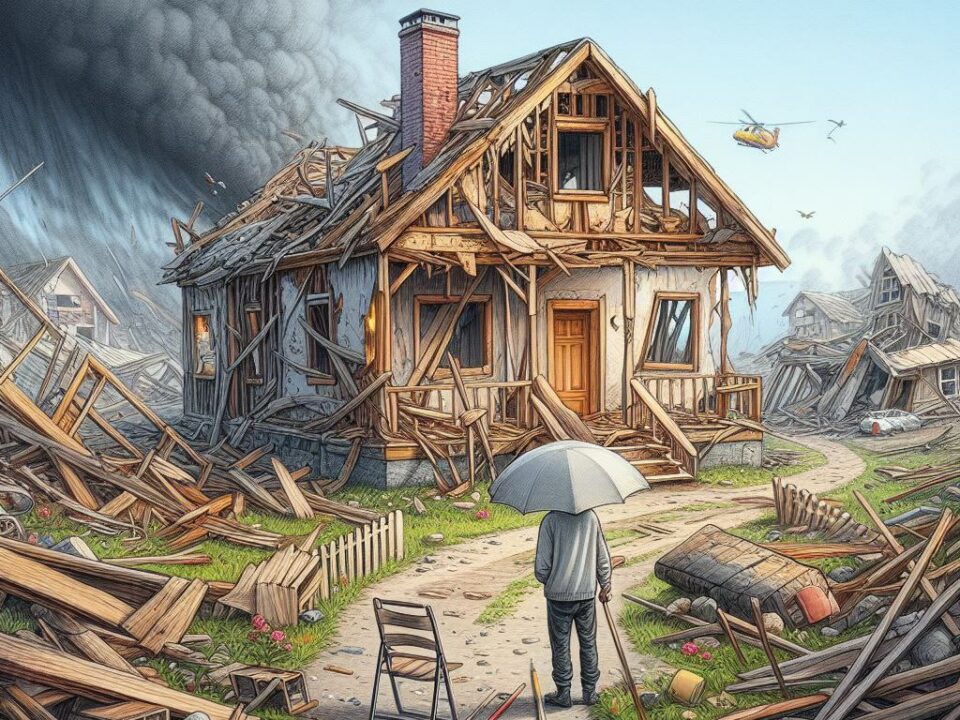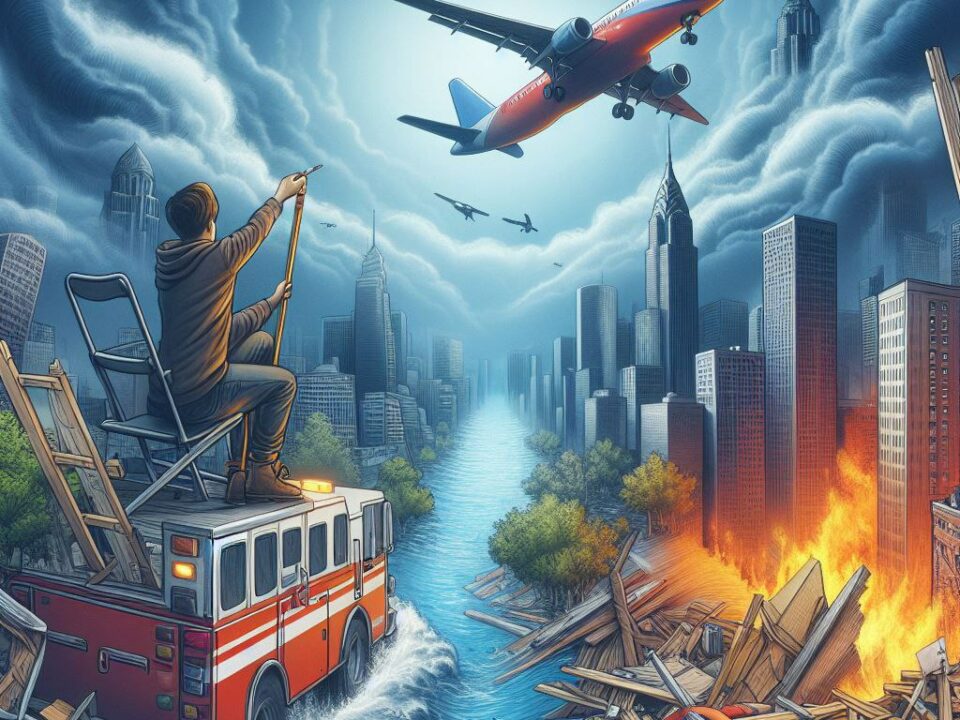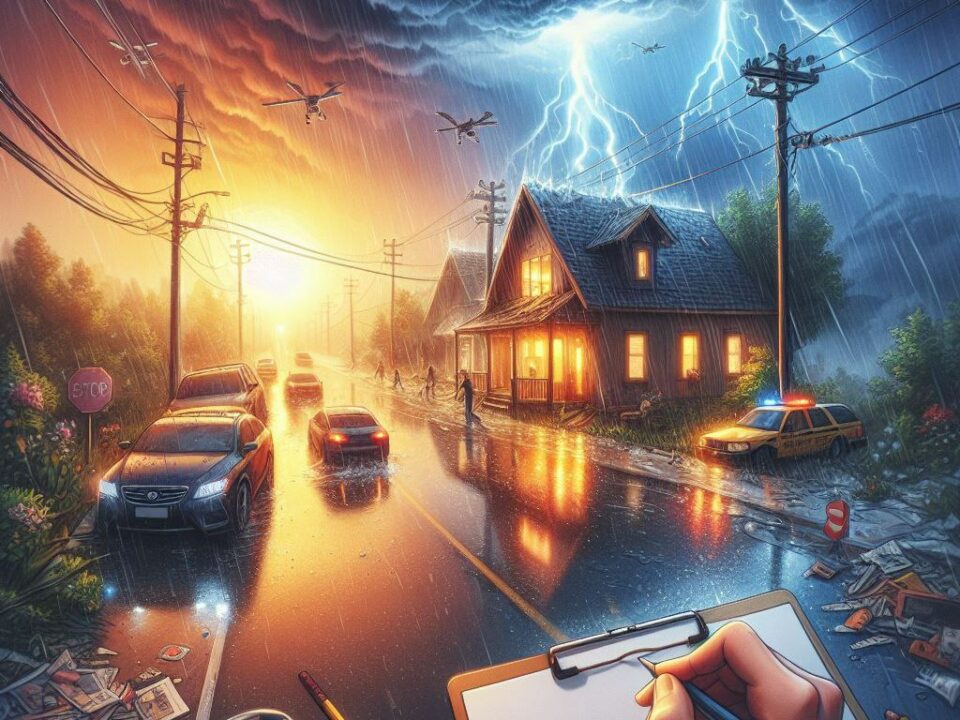Is Soot Dangerous? What You Should Know about soot from fire
Once the fire has been extinguished and the recovery phase has begun, an important question arises - how to properly remove soot? Soot produced by fires poses a hidden threat to health and the environment. In this article we will explain in more detail the nature of soot, its formation during fires and its impact on human health and the environment. We will also look at methods of preventing the negative effects of soot and ensuring safety during post-fire recovery.

Table of contents
What is soot?
Soot is tiny particles of solid carbonaceous matter formed during incomplete combustion of organic materials. It can come in a variety of sizes and shapes, often giving dark colors to surfaces and polluting the environment. Soot is produced by fires, engines, heat sources and can contain toxic substances. Inhaling it can have negative health effects. To better visualize what soot is, it is like very dark black dust that builds up around a fire. Almost like powder charcoal. Preventing soot can only really be accomplished by preventing fires, so maintaining fire prevention measures and regular maintenance of systems is the best way.
How is soot formed?
Soot after a fire is tiny particles of solid carbonaceous matter formed by the incomplete combustion of organic materials during fires. These particles can vary in shape and size and may not be visible to the naked eye. Soot often remains in the air, and settles on surfaces, creating dark and dirty marks and stains after a fire.
Visual signs of soot
Soot leaves certain visual marks that can be detected. The most obvious signs of soot are discoloration of surfaces and dark residue. Surfaces may take on a gray, black, or dirty tint, and surfaces such as walls and ceilings may show distinctive soot drip marks.

The importance of a professional assessment
While some signs of soot from fire may be obvious, it is important to realize that microscopic soot particles can remain invisible and have a negative impact on air quality and health. Therefore, it is important to contact professional fire restoration experts for a more thorough soot detection and soot assessment. These professionals have the experience and tools to accurately identify the presence of soot and remove it, ensuring post-fire safety and health.
If your property was damaged by fire and you're looking for a fire restoration company in Sacramento, we suggest considering Good Life Restoration Company.

Why is soot dangerous?
Soot is a health hazard for several reasons:
"If you're wondering, 'Is soot dangerous to breathe?' The answer is definitely yes!"
- Respiratory problems: Tiny particles of soot, called aerosols, can penetrate deep into the respiratory tract and lungs. This can cause airway irritation, coughing, difficulty breathing, and worsening asthma.
- Inflammation and infections: Inhaling soot can trigger inflammation of the lungs, increasing the risk of respiratory tract infections, especially in people with weakened immune systems.
- Heart disease: Some studies have linked long-term exposure to soot to an increased risk of heart disease, including heart attacks.
- Cancer Risk: Soot contains carcinogenic substances such as benzopyrene. Long-term exposure to soot can increase the risk of cancer, including lung cancer.
Soot poses a particularly serious threat to people with respiratory illnesses, children, and the elderly. Professional evaluation and removal of soot after a fire is important to minimize risks and maintain health.
Why is soot hazardous to the environment?
Soot is hazardous to the environment because of its ability to pollute air, soil and water bodies. Tiny particles of soot, when released into the atmosphere, can affect air quality and contribute to the formation of smog. When soot settles on surfaces and soil, it can pollute and damage ecosystems. Water systems are also susceptible to soot contamination, which can threaten animal and plant life. In addition, soot can contain toxic substances, adding to its harmful effects on the environment.
How to remove soot
To address 'how to clean soot after a fire,' consider following these recommended steps for safe and effective soot removal.
- Protect yourself: Before beginning the process, wear a face shield, respirator or mask to avoid inhaling soot particles.
- Ventilate the room: Ensure good ventilation in the room to reduce the concentration of harmful substances in the air.
- Use a damp cloth: Soot can be gently removed using a damp cloth or sponge. This will help prevent the tiny particles from being lifted into the air.
- Avoid air currents: When cleaning, try to avoid creating strong air currents that can lift soot back into the air.
- After cleaning: Immediately wash hands and face, and wash clothing that may have come in contact with soot.
- Remove filters and filter elements: If you clean the ventilation system or filters, make sure they are replaced or cleaned according to the manufacturer's instructions.
- Prepare for disposal: Collected fire soot can be disposed of in accordance with local regulations. This may require special containers and conditions. If soot is found in ventilation systems or in the form of scales that you cannot clean yourself, it is recommended that you contact a fire safety removal and restoration specialist.
Additionally, it is important to note that in case of extensive soot contamination or if the task of soot removal seems daunting, you can also hire a specialized company that specializes in soot removal and fire restoration. These professionals have the necessary equipment and experience to thoroughly clean and restore ducts, ventilation systems, and other soot-contaminated surfaces. This can provide a more effective and safer solution, especially in cases of severe levels of soot contamination.
Conclusion
It is important that we take soot seriously and understand its potential health and environmental hazards. Soot, while inconspicuous, has the potential to have serious impacts, especially after fires. We strongly recommend prioritizing this matter and consider seeking professional assistance when deemed necessary.


